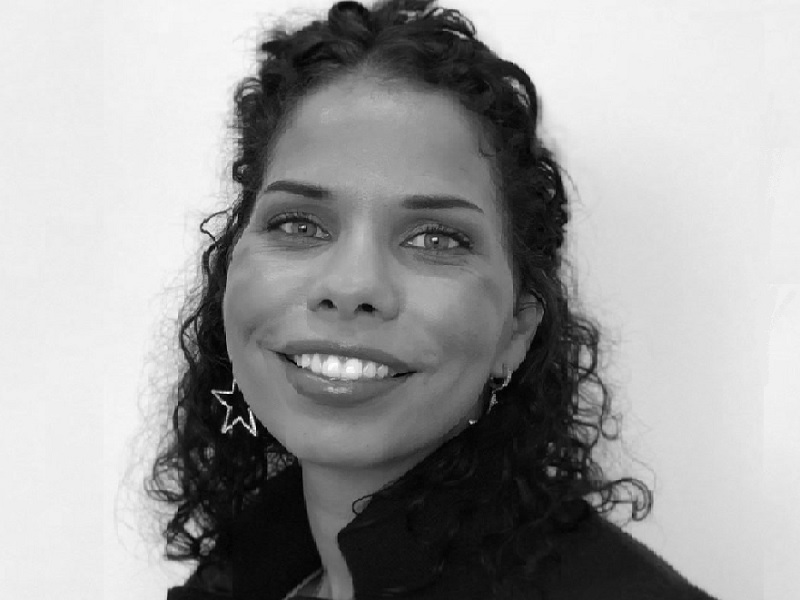Laura Stamps, Head of Strategy, DE&I Engagement Financial Wellbeing at Financial Finesse, explains why employers should help employees to keep on top of their finances.
Money – or the lack of it – can seriously affect people’s mental and emotional wellbeing. With the fallout from the COVID-19 pandemic, increases in the cost of living and talk of a global recession, financial security is more important than ever.
US company Financial Finesse, a pioneer in the financial wellness space, has long been advocating for financial wellbeing since its inception in 1999. A business model focused 100% on financial wellness and related research has helped employees from over 12,000 organisations become financially secure through its diverse suite of services, helping them maximise compensation and the benefits their employers provide.
Financial wellbeing
Its approach to financial wellness is based on decades of experience with a diverse group of clients. It is highly customised and tailored to each organisation’s unique demographics, culture, and goals.
Stamps explains: “In addition to our Aimee, our AI-based financial coach available through our online patform, our live coaching is designed to be highly flexible to meet the ever-changing needs of an evolving workforce.
“Our coaching services are offered on-demand via our Financial Coaching Line or live chat for those with immediate needs or in a crisis, but it is also offered as a scheduled service for those that prefer having a commitment on their calendars. For employers and employees alike, this provides the flexibility that today’s environment demands.
“We also have live group coaching, designed to facilitate conversations led by our coaches rather than a one-directional presentation. By nature, they are highly interactive! By leveraging chat boxes and polling questions, the sessions are much more inclusive. Attendees benefit from hearing the thoughts and concerns of their peers and get broader insights, which can take away the shame or guilt that inhibits most of us from taking action.”
As well as talking to individuals about their specific situations, such as paying bills and saving for retirement, Financial Finesse’s coaches explain how they can take advantage of their employer’s benefits.
“Throughout their lifetimes, employees may leave an average of $1 million on the table in employer benefits because they don’t know how to find them,” Stamps points out. “They don’t understand how to leverage them in their unique financial situations.”
Measuring success
Behavioural change metrics measure the success of the coaching and how employees feel about their finances.
“We then conduct return user analysis to see what that looks like as time goes on,” she says. “We measure the quantitative things like the stress; and ask whether they feel progressively better about underlying hand-to-mouth issues, which are essential when reducing longstanding racial financial wellness and wealth gaps. We also examine tangible metrics such as retirement and healthcare savings changes, plan leakage, and others to determine employer ROI.
“Then, importantly, most of us learn by word of mouth. If a friend tells me something, I’m much more likely to take their opinion than someone else’s. So, we leverage testimonials to the point where we’ve started developing end-user podcasts with people telling stories about their lives, what their coaching experience was like and what it meant to them.”
The COVID-19 pandemic, and the death of George Floyd particularly, had led to a shift towards “more specificity”. While organisations had made sweeping statements about what they stood for, employees wanted to know what it meant for them and whether their employers understood the issues they faced and were prepared to offer solutions.
Culture a priority
“People are looking for themselves reflected in their work cultures. A culture that values them by recognising their specific challenges and provides solutions for those challenges in a meaningful way,” says Stamps. “And it’s not just people of colour or people in traditional demographics; you have younger folks looking at the different value system of the employer.
“When we think about past work that we’ve done and have found success, we’ve found that there’s more agency in working within smaller groups inside organisations, diversifying the number of programme stakeholders and increasing our chances for successful outcomes.
“Not just business resource groups or employee resource groups but other factions saying, ‘what do we have that can help solve some of the things we’re discussing internally’? Whether it’s giving people more access to education, we’re having conversations with more of those stakeholders on what exactly they need. This is great because all organisations and pain points can differ, even if two organisations seem identical at first glance.”
That’s why the Financial Finesse consultative approach avoids a one size fits all solution. The company uses its research to examine client-specific data and how it intersects with the culture. Some clients have successfully partnered with different groups in their organisation to work towards specific goals.
Stamps explains: “It can be Black people, Hispanic people, women, parents, veterans’ groups, ablement-related groups and Pride communities – getting to know them better and working through shorter and longer-term plans and then where do we insert our services. One client did a good job of trying to reach their employees living below the poverty line. They integrated our financial coaching within the process of giving them enhanced benefits, increasing both the reach of our services to those that may need it the most.”
Improving engagement
“You would be surprised how many employers are trying to solve for low engagement. But, when you bring these resources directly to the places where people need them the most, as opposed to expecting busy and overwhelmed populations to find you, it can be transformative.”
When asked what more employers could be doing to support the financial wellbeing of their workforce, she points to the example of several “progressive-thinking” clients who have made financial wellbeing coaching available throughout an employee’s tenure, introducing it during the recruiting process and integrating it at all major decision-making points throughout their career.
She adds: “Everyone’s talking about emotional and mental wellbeing, and we know financial wellbeing has a huge impact on them. So, instead of talking about financial stress one time – such as during Mental Health Week – make it an ongoing and more meaningful conversation throughout the year.
“Then also being mindful about who’s part of the conversation. Not only partnering with the employee and business resource groups but co-creating with them so they don’t feel that education is happening to them. If they feel more like stakeholders in the education process, they are more likely to distribute the message, which means more engagement and outcomes.”
Stamps highlights how, when discussing the prevalence of student loan debt within the Black and Hispanic communities, one stakeholder pointed to her own experience. Lack of financial support meant she could not finish college and had to take a lower-paying position than she would have had with a degree, yet was also burdened with paying off her student debt at the same time. Fortunately, her employer-provided tuition assistance to help her finish her education.
Enabling people to talk about their experiences made them feel less alone and helped remove the stigmas.
Looming recession
Turning to the impact of COVID-19, Stamps says the impact on disenfranchised groups was disproportionate regarding being able to bounce back – how long it took for them to become re-employed or even gain access to government funds. While there had been some government support, it didn’t fill all the gaps. Also, the looming recession would cause further devastation among those disenfranchised groups. To tackle this, Financial Finesse is honing its offering to reach different demographics in a way that is most meaningful to them.
She explains: “For example, if you schedule a group coaching session and 50% of those registered can’t come, what are the barriers to engagement? We are looking at the audiences we marketed to see what they did as a result through different channels versus traditional channels. We’re following up with research to share best practices on what’s working and not.
“Long term, there’ll be AI enhancements to our digital platform to reflect the nuances of people. We’ve always been pretty good at that but getting even better at focusing on removing barriers to engagement.”
Inclusive culture
Financial Finesse practises what it preaches, especially as its employees reflect its external audiences. As part of its inclusive culture, people are encouraged to speak openly about themselves. Additionally, most of their staff have attended unconscious bias training to understand better how their vantage points may impact their work and related outcomes.
There’s an extensive recruiting process for coaches and support staff, which helps to ensure diversity.
“I think the biggest misconception is, even if you are in a demographic like myself – a multicultural Black woman – you can’t have bias,” she says candidly. “We all bring our own biases to the table all the time. The more we can recognise and overcome them, the better we’ll all be.”
Finally, Stamps stresses that Financial Finesse’s business model is to understand organisations and tailor solutions to meet their specific needs. She adds: “Aligning resources, being intentional around measurement and outcomes for financial wellbeing in general, but especially as they align with DE&I goals, is the only path forward.”







